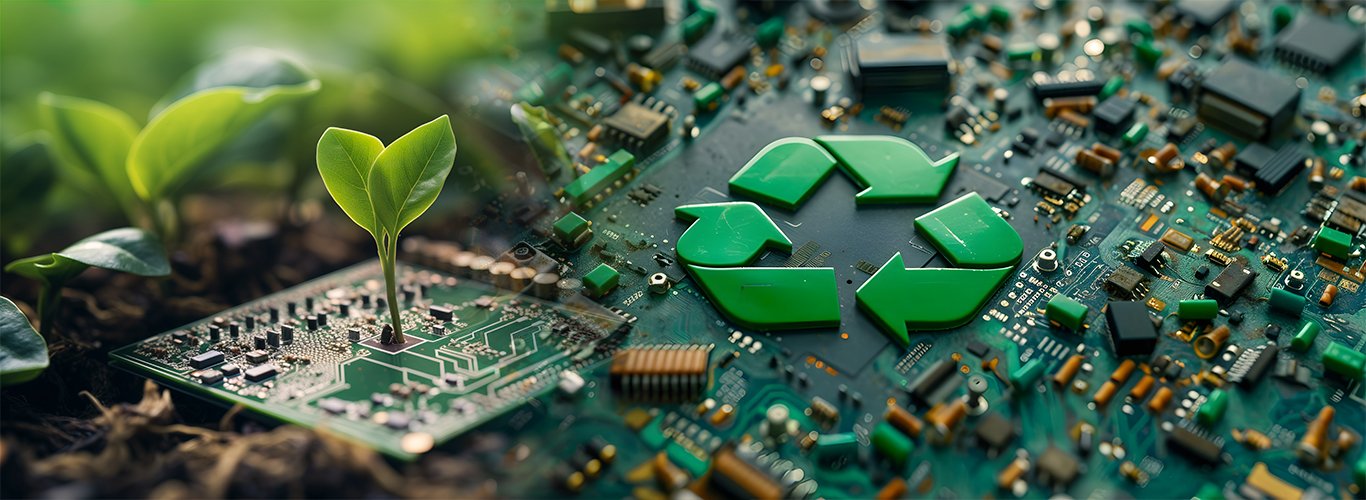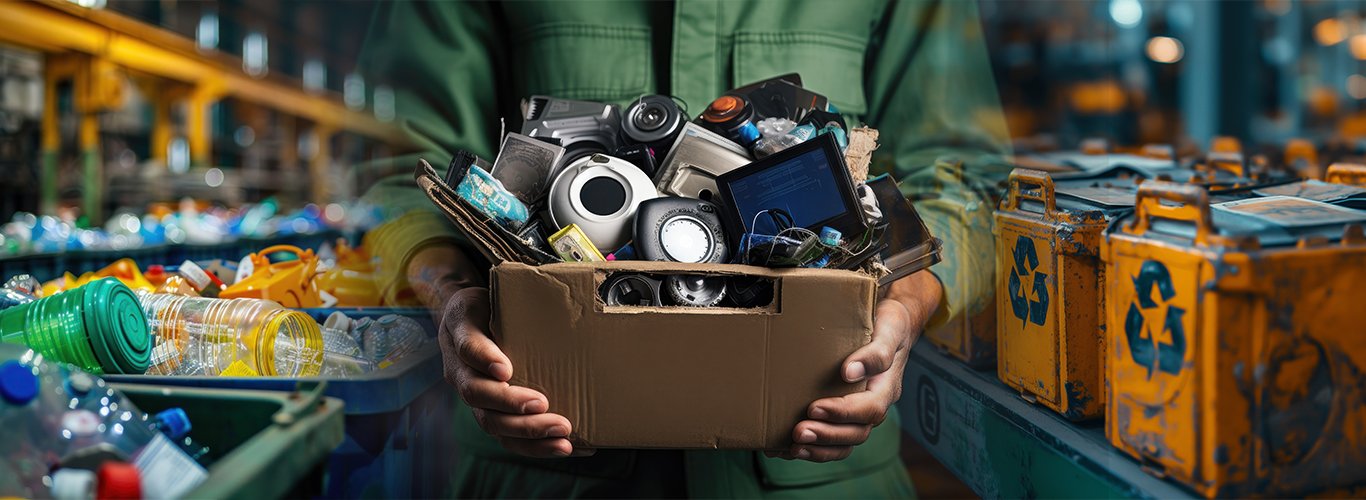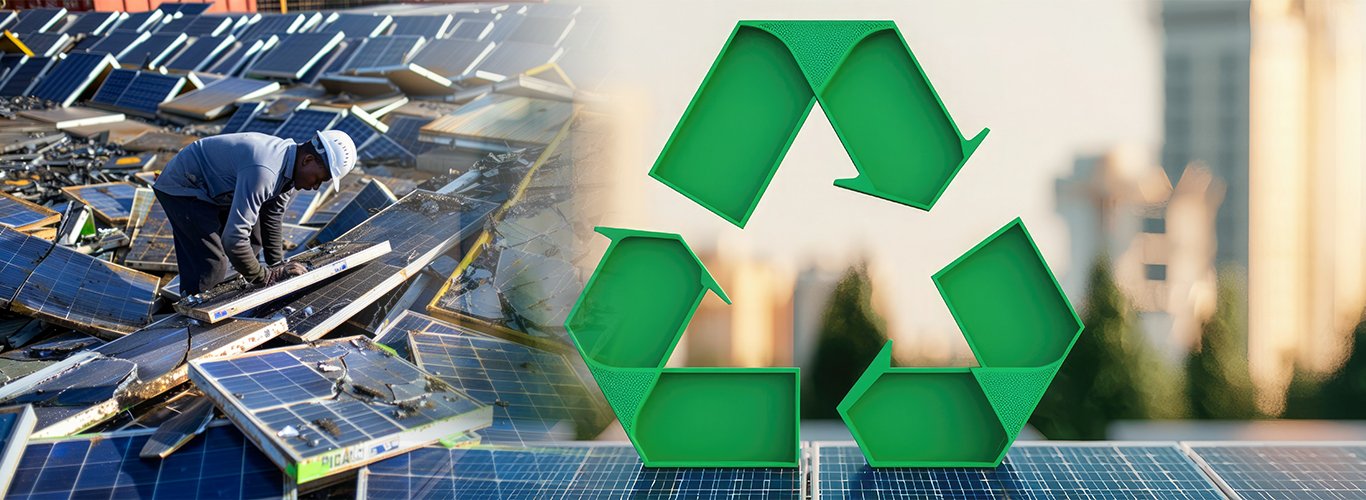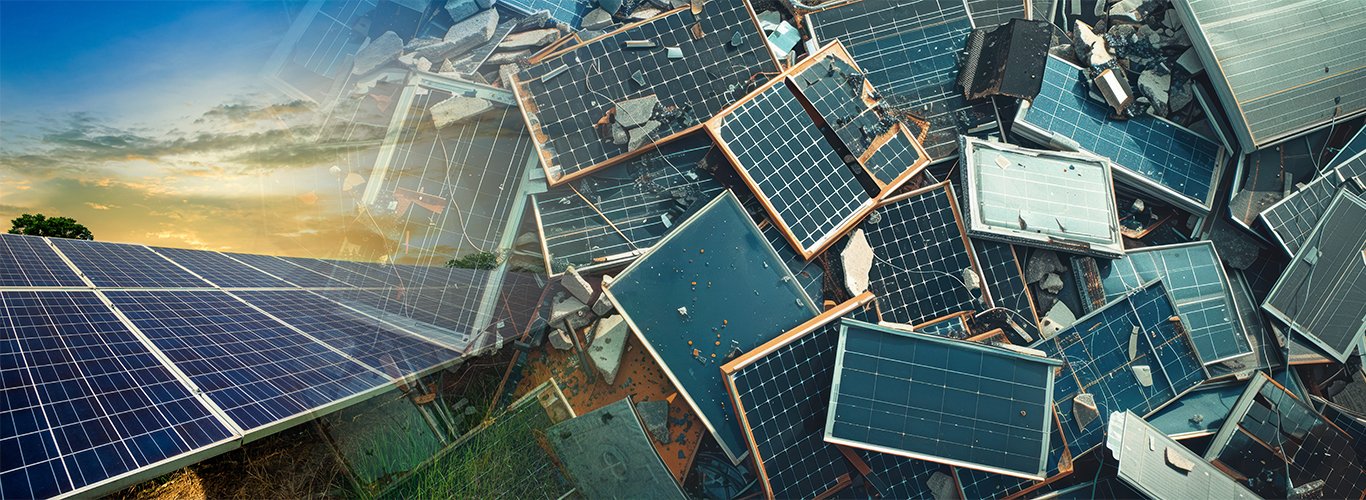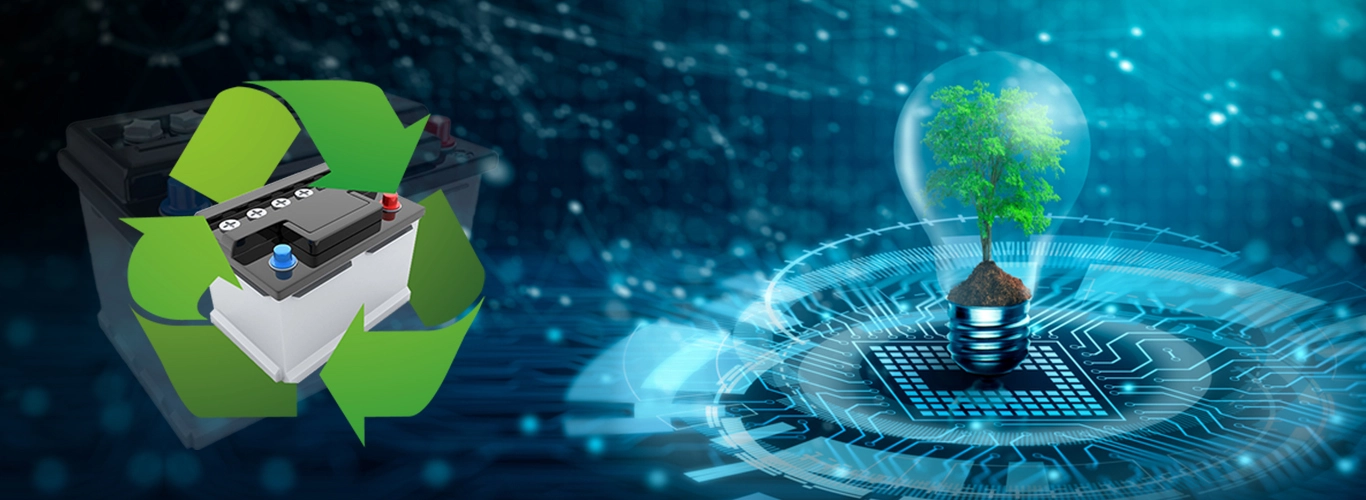
The Lithium-Ion Batteries That Powers is Overpowering Waste
A surge in lithium-ion batteries has been influenced by the powering of devices and vehicles. Indian roads have been recently hit by electric vehicles that deploy batteries as the trust of consumers takes over the usage will pace over time. The ever-changing battery composition has reduced the hazardous impact but still, the batteries contain materials that are toxic.
The Surge of Lithium-Ion Batteries
Lithium-ion batteries are popular in portable electronics as they provide high energy density, are light and have longer cycle life. These attributes have placed them at the heart of grappling for an efficiency revolution in energy especially in the automotive industry. Lithium-ion batteries are viewed as a key enabler of lower CO2 emissions, and with more countries turning to ambitious goals of adopting EVs, demand for lithium-ion batteries will surge, too.
The Negative Aspect in the Usage of Lithium-Ion Batteries
Still, lithium-ion batteries are a technological wonder that comes with severe environmental consequences. This production process entails the processing of raw materials which are lithium, cobalt and nickel among others and the sourcing of these materials entails destructive mining. However, the process of manufacturing these batteries requires a lot of energy, hence emitting greenhouse gasses which are contrary to the improvement in green energy these batteries seek to portray.
However, one problem that may be more significant is the same: what happens with these batteries when they become old and some of their capacities are no longer sufficient? Unlike other materials, lithium-ion batteries cannot be recycled conveniently. Often their design is intricate and the material used is dangerous for the environment, thus recycling these products is costly and difficult. Hence, the batteries mostly end up going to the dumps where they subsequently become a great menace to the environment and safety. Lithium-ion batteries release metallic ions in the electrolyte and can leak toxic chemicals if the battery circuit is destroyed, they produce heat and may even catch fire or explode.
The Growing Mountain of E-Waste
The rise of lithium-ion batteries has contributed to an explosion in electronic waste (e-waste). According to the Global E-waste Monitor, the world generated 53.6 million metric tons of e-waste in 2019, and this figure is expected to grow to 74.7 million metric tons by 2030. A significant portion of this waste comes from discarded batteries, and the environmental impact is staggering.
Improper disposal of lithium-ion batteries not only contaminates the soil and water but also releases harmful chemicals into the atmosphere. The environmental degradation caused by this waste is a growing concern, particularly in developing countries where e-waste often ends up.
The Challenge of Recycling
Battery recycling is not impossible, but it is far from straightforward. The current recycling rate for these batteries is alarmingly low, with estimates ranging from 5% to 20%. The main barriers to recycling are the high costs involved and the lack of infrastructure. Many recycling facilities are not equipped to handle the complex process of safely dismantling and recovering valuable materials from these batteries.
However, advancements in battery recycling technologies offer some hope. Innovative methods such as hydrometallurgical and direct recycling processes are being developed to improve efficiency and reduce costs. Governments and companies are also beginning to recognize the importance of establishing robust battery recycling companies to manage the growing waste.
Towards a Sustainable Battery Future
To address the waste problem posed by lithium-ion batteries, a multi-faceted approach is necessary. This includes not only improving battery recycling rates but also designing with sustainability in mind. Researchers are exploring alternatives to traditional lithium-ion batteries, such as solid-state batteries and those that use more abundant and less toxic materials.
Furthermore, extending the life of batteries through better design, maintenance, and reuse can significantly reduce waste. The concept of a circular economy, where products are designed for longevity and recyclability, must be embraced by battery recycling companies.
Policy measures will also play a critical role in mitigating the environmental impact of lithium-ion batteries. Governments need to implement stricter regulations on battery recycling and disposal, while also incentivizing the development of sustainable battery technologies.
Conclusion
Lithium-ion batteries have revolutionized the way we live, offering unprecedented mobility and supporting the shift towards renewable energy. However, the environmental consequences of their widespread use cannot be ignored. As the demand for these batteries continues to grow, so too does the urgency of addressing the waste problem they create.
The solution lies in battery recycling companies like Deshwal Waste Management, with innovative technology, and forward-thinking policies taking the lead. By taking this step, we can ensure that the lithium-ion batteries powering our future do not end up overpowering our planet with waste.


